
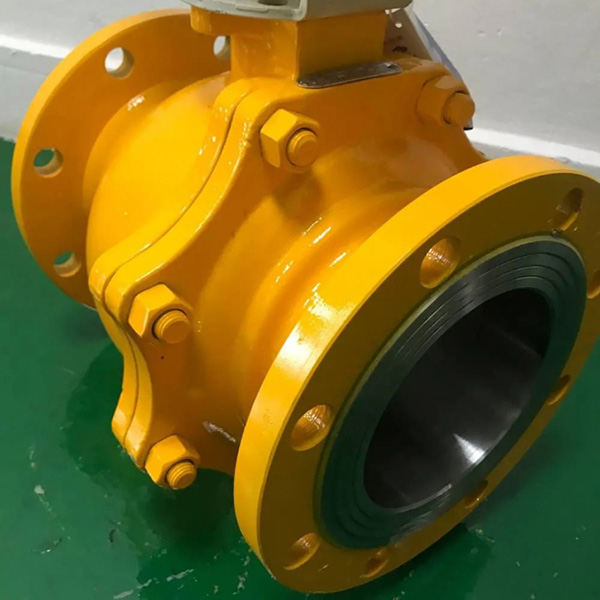
Causes of ball valve internal leakage
1. Reasons for internal leakage of the valve during the construction period:
① Improper transportation and hoisting causes the overall damage of the valve, resulting in internal leakage of the valve;
② When leaving the factory, the hydraulic pressure is not dried and anti-corrosion treatment of the valve, resulting in corrosion of the sealing surface to form internal leakage;
③ The protection of the construction site is not in place, the valve is not equipped with blind plates at both ends, and impurities such as rain and sand enter the seat, causing leakage;
④ During installation, no grease is injected into the seat, causing impurities to enter the back of the seat, or internal leakage caused by burns during welding;
⑤ The valve is not installed in the fully open position, causing damage to the ball. During welding, if the valve is not in the fully open position, the welding splash will cause damage to the ball. When the ball with the welding splash is switched on, it will further cause damage to the seat, resulting in internal leakage;
⑥ welding slag and other construction remnants caused by the sealing surface scratches;
7 Factory or installation time is not accurate resulting in leakage, if the valve stem drive sleeve or other accessories with the assembly Angle is misplaced, the valve will leak.
2. Reasons for internal leakage of the valve during operation:
① The common reason is that the operation manager does not maintain the valve taking into account the more expensive maintenance costs, or the lack of scientific valve management and maintenance methods does not carry out preventive maintenance on the valve, resulting in equipment failure in advance;
② Internal leakage caused by improper operation or failure to maintain according to maintenance procedures;
③ During normal operation, the construction remnants scratch the sealing surface, resulting in internal leakage;
④ Improper pigging causes damage to the sealing surface resulting in internal leakage;
⑤ do not maintain or do not move the valve for a long time, causing the seat and the ball to lock, causing sealing damage and forming internal leakage when the valve is switched on and off;
⑥The valve switch is not in place resulting in internal leakage, any ball valve regardless of open or close position, generally inclined 2° ~ 3° may cause leakage;
⑦ Many large diameter ball valve stem stop block, if used for a long time, due to rust and other reasons between the valve stem and the valve stem stop block will accumulate rust, dust, paint and other debris, these debris will cause the valve can not rotate in place and cause leakage - if the valve is buried, lengthening the valve stem will produce and fall more rust and impurities hinder the valve ball rotation in place.
⑧ Cause valve leakage;
The general actuator is also limited, if long-term corrosion, grease hardening or limit bolt loosening will make the limit inaccurate, resulting in internal leakage;
⑨ The valve position of the electric actuator is set to the front, which does not cause internal leakage;
⑩ Lack of periodic maintenance and maintenance, resulting in the sealing grease drying, hardening, dry sealing grease accumulation in the elastic seat, hinder the seat movement, resulting in seal failure.
Method of judging internal leakage of natural gas ball valve
Fixed shaft ball valve is commonly used on natural gas pipelines, and its general inspection method is: turn the valve to the fully open or fully closed position, and check whether there is leakage through the discharge of the valve body drain nozzle. If it can be drained clean, it proves that the seal is good. If there is always pressure discharge, the valve can be considered to be leaking, and the valve should be treated accordingly.



 Company profile
Company profile Chairman's speech
Chairman's speech Company honor
Company honor Corporate culture
Corporate culture Enterprise environment
Enterprise environment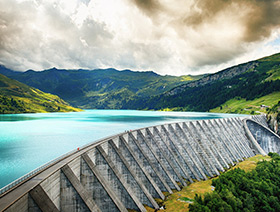 Water Conservancy and Water Works
Water Conservancy and Water Works  Building HVAC
Building HVAC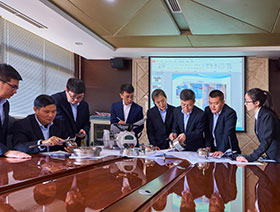 Technical team
Technical team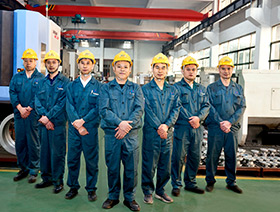 Production team
Production team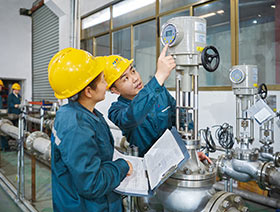 After sales service commitment
After sales service commitment Technical data download
Technical data download ERP order query
ERP order query Company news
Company news Industry dynamic
Industry dynamic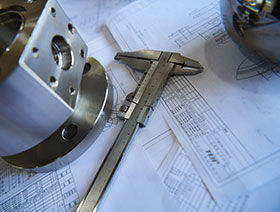 Technical knowledge
Technical knowledge Headquarters
Headquarters Domestic sales department
Domestic sales department International business division
International business division
 +86-21-66059111
+86-21-66059111
